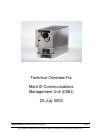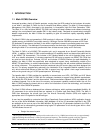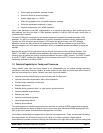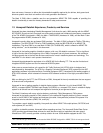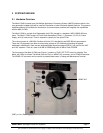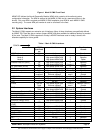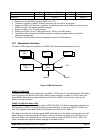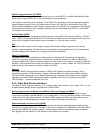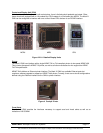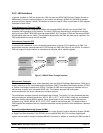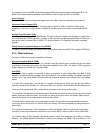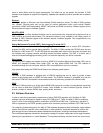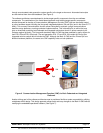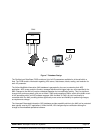
HONEYWELL Aerospace Electronic Systems Page 3
Use or disclosure of information on this page is subject to the restrictions on the title page of this document.
1 INTRODUCTION
1.1 Mark III CMU Overview
Honeywell provides a family of Datalink products, ranging from the AFIS product for the business Jet market,
to our Mark II and Mark III CMUs for the Air transport and Military market. The Mark III Communications
Management Unit (CMU), discussed in this document, is Honeywell’s High-End “Next Generation” CMU.
The Mark III is a fully functional ARINC 758 CMU built using the latest hardware and software technology,
making it the most powerful and capable CMU in the industry today. Designed to exceed today's stringent
datalink requirements, the Mark III offers the capability to grow for tomorrow's rapidly expanding datalink
requirements.
The Mark III CMU is the next generation in CMU products. It offers over 100 Mbytes of memory (64 MB of
volatile memory and 48 MB of non-volatile memory). Utilizing a Pentium 266 MHz processor and 2 Power
PC dedicated I/O processors, the Mark III also offers a significant increase in processing power over other
CMUs in the industry. The dedicated I/O processors ensure the elimination of throughput bottlenecks
allowing the Mark III to concurrently process data from all data sources (today and in the future).
The Mark III CMU is a full ARINC 758 complaint unit, and is supported by an Aircraft Personality Module
(APM). In addition, the Mark III CMU contains additional I/O capability above and beyond that called out for
in the ARINC 758 characteristic. This includes a UHF Modem added to the unit for potential future use of
UHF as a datalink subnetwork. It includes customized RS 422 ports to support non-ARINC 739 CDUs that
are used on such aircraft as Embraer 135/145, and includes a PCMCIA interface for rapid dataloading. In
addition, the Mark III CMU has specifically been designed to support future modifications outside of the
ARINC 758 specification, to enable implementation of new technology that will provide additional benefits to
our airline customers. This expansion would be introduced using the current spare card slots designed into
the unit. The primary upgrade being planned is the introduction of an integrated Gatelink capability into the
unit, which would allow airlines to grow the CMU to support very high speed / short range communication
while on the ground using a 2.4 Ghz spread spectrum
1
technology.
The baseline Mark III CMU provides the capability to communicate over HFDL, SATCOM, and VHF (Mode
0/A). By designing the Mark III CMU with the necessary hardware to support future datalink requirements,
functionality like VDL Mode 2 and the Aeronautical Telecommunications Network (ATN) are added with just
a software upgrade. Due to the size of the memory and processor capability contained within the unit, the
Mark III CMU provides the lowest risk to an airline for introduction of such new technology, as it becomes
required for future CNS/ATM operation.
The Mark III CMU utilizes a database-driven software architecture, which provides unparalleled flexibility. All
I/O parameters for an entire aircraft fleet are captured in a Flexible Input Data Base (FIDB). The Mark III
CMU then determines the aircraft type from the Aircraft Personality Module (APM) and applies the
appropriate set of I/O signals for that aircraft type.
A user has the capability to customize their Airline Operational Communications (AOC) application through
the use of the Airline Modifiable Information (AMI) database. All of the I/O parameters specified in the FIDB
are available to the user as part of the AMI definition. By having the I/O parameters isolated to the FIDB, a
single AMI can be subsequently generated using logical I/O parameters for all aircraft types within a fleet.
The AMI allows the user to:
• Design the screen layouts
1
The integrated Gatelink approach would provide on the order of a 1 to 11 Mbit/second network over approximately
1,000 feet utilizing the unlicensed 2.4 Ghz spread spectrum frequency. The Gatelink upgrade would also require a
TWLU and antennas to be installed on the aircraft, in addtion to a hardware upgrade to the Mark III CMU.



